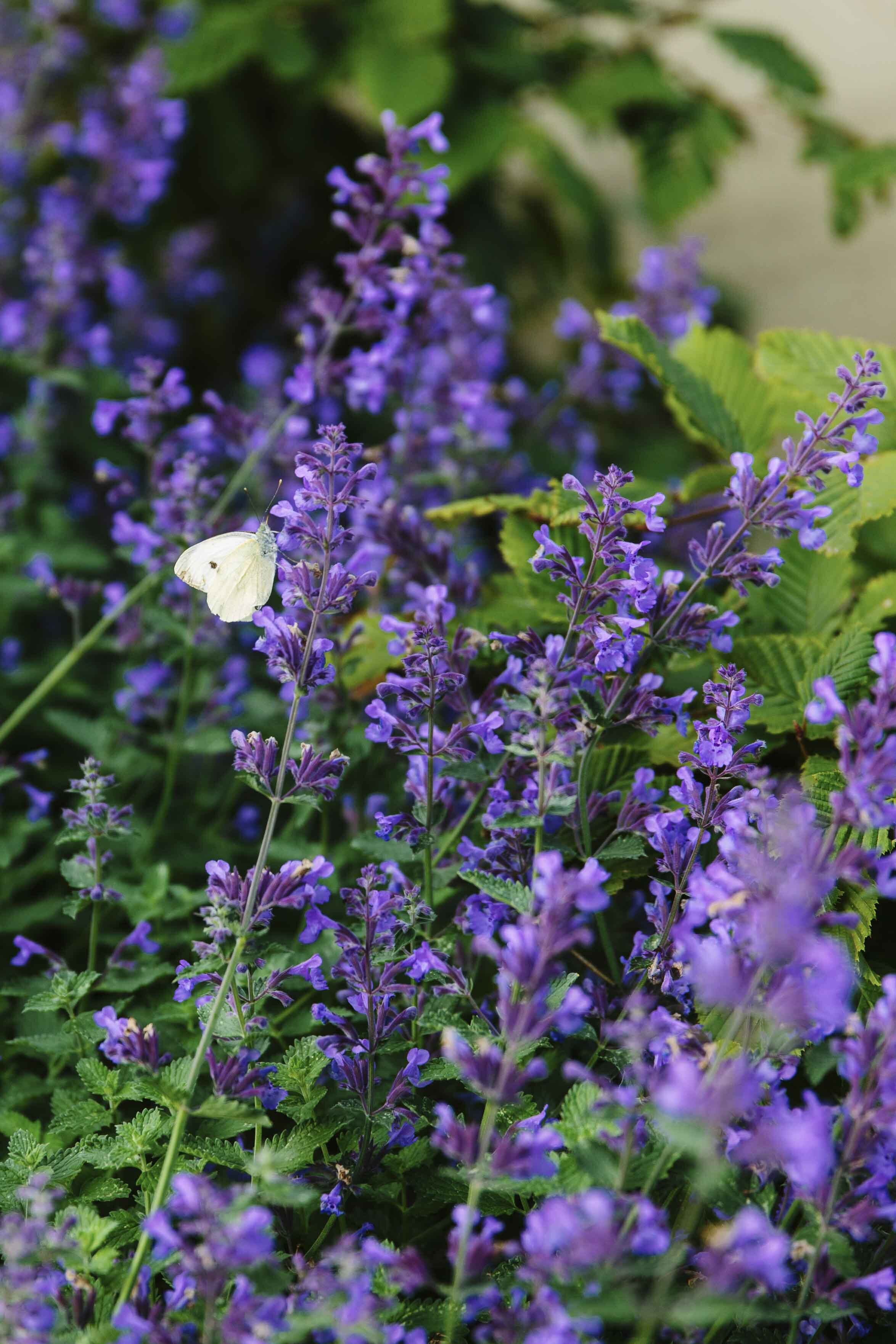Create a wildlife friendly garden…
Have you begun to notice butterflies flit around the garden, or hear bees buzz with delight as they disappeared inside a foxglove flower?
Last year I decided to add more wildflowers and insect friendly plants into my own garden and I was astounded that by late spring and well into autumn it was buzzing with beautiful butterflies, bees and pollinating bugs.
So why not try adding a few perfect pollinators to your patch? Here’s some advice on how to get your garden buzzing this summer!
How to attract bees and pollinators to your garden
British gardens are key habitats for bees and butterflies and gardeners can do a lot to attract wildlife and help the decline in pollinators. An increase in beneficial insects can mean fewer pests, too.
By choosing a few extra pollinator-friendly plants you will have the satisfaction of knowing that you are helping a little towards preventing the extinction of threatened pollinating insects with the added benefit of a beautiful busy garden.
What does pollinator-friendly mean?
If a plant is listed as pollinator-friendly, it means it will provide nectar and pollen for pollinating insects such as bees and butterflies. Pollinator-plants will often have trumpet-shaped blooms or single flowers for insects to crawl into and land on, and mostly free from pesticides.
My Top Perfect Pollinators
Herbaceous Plants
Astrantia ‘Roma’
Knautia Macedonia "Melton Pastels'
Eryngium
Salvia argenta
Rudbeckia Goldsturm
Verbena Bonariensis
Annuals to grow from seed
Cosmos ‘Purity’
Cerinthe major 'Purpurascens'
Calendula officinalis ‘Indian Prince
Lathyrus odoratus Spencer series mixed (sweet peas)
Nigella damascena 'Deep Blue' (love in a mist)
Bug Hotels & more wildlife treats
There are lots of ways to encourage wildlife into the garden, from simply planting a range of different flowering plants, to building an insect hotel or introducing a bird feeder.
Here are a few more ideas to get you started:
Grow a range of flowering plants, with different flower shapes to invite a whole host of beneficial insects into the garden. Salvias or Verbena bonariensis attract butterflies and bees, and trees and evergreen shrubs that will provide shelter for birds.
Try to leave a patch of nettles, as they are beneficial as food to caterpillars
In winter, leave architectural seed heads for birds to feed on and plants with strong stems are perfect for hibernating beetles and solitary bees.
Build a pond for frogs. They’ll eat the slugs attacking your hostas or lettuce. Make sure small animals can get out of the pond easily by creating a boggy area around it. Or even just an up turned bin lid filled with water for birds to bathe or drink from.
Hedgehog houses, insect hotels and bird boxes are all easy to add to the garden and are invaluable to hibernating wildlife and nesting birds. You can get children involved too.
To enhance biodiversity, in autumn leave some plants and leaves that have died off and don’t start clearing them up until February. The dead plant material offers protection against frost and shelter for insects and other small animals.






